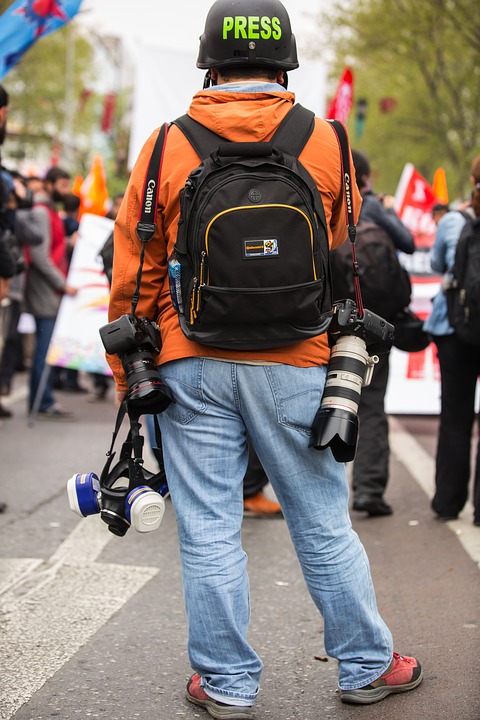Who Can Be Trusted in the Age of Endless Information?
By: Max Lulavy, September 9, 2019
The Age of Technology
The dramatic growth of the world wide web through the early 21st century has led to great advances in technology and in accessibility to information. Technological advances in mobility of photography and videography, combined with the ability to share multimedia instantly on social media has paved new advancements in journalism as everyday citizens have become journalists themselves. Wyss writes about this idea of “citizen journalism” in Covering the Environment (2008), and how access to easily attainable multimedia is allowing the everyday citizen to be the watchdog over society just as the founders of the United States had planned when envisioning the role of journalism in society. The advancements are so great that Emily Bell, director of the Tow Center for Digital Journalism at Columbia University, claimed that “the new profession has changed more in the past five years than it had in the previous 500” in 2017 (Wyss; 2018, 194).

Photo Credit: Engin Akyurt, https://pixabay.com/photos/press-journalist-attack-war-human-2649544/
As explained, technology has made journalism much more accessible, but this is also threatening the career of journalism in itself. Jennie Dear and Faron Scott explain in The Responsible Journalist (2015) that as news is becoming more readily available and as people are reading and listening to more news than ever, news organizations have cut back on international reporting and investigative reporting. This is concerning as news organizations will hire fewer journalists as a result of this, meaning less professional watchdogs to keep an eye on businesses and politics. As a result, there will be less reputable information pumped into the mass amounts of news that is consumed digitally by nearly nine out of ten American adults daily (Wyss; 2018, 194).
Journalism has changed more in the past five years than it had in the previous 500
Wyss; 2018, 194
Fake News
The lack of reputable information is currently a hot topic as “Fake News,” has become heavily associated with president Donald Trump during his election run in 2016. It has become such a popular term that “Fake News” expanded into ideas that people simply disagree with. Tamara Keith, writing for NPR in “President Trump’s Description of What’s ‘Fake’ Is Expanding” (2018), discusses how President Trump’s idea of what is “fake” has expanded dramatically, raising doubts and confusion about what the truth really is, and who can be trusted. Americans are finding this to be an uneasy fact of life now as people flock exclusively to single news sources, allowing there to be room for personal and paid biases. In turn, this endangers not just journalism, but news, as a whole, now has the ability to stray people further from the truth.
Sources
Dear, Jennie and Scott, Faron. The Responsible Journalist. New York: Oxford University Press, 2015. Print.
Keith, Tamara. 2018, September 2, “President Trump’s Description of What’s ‘Fake’ Is Expanding.” National Public Radio. Online Access: https://www.npr.org/2018/09/02/643761979/president-trumps-description-of-whats-fake-is-expanding
Wyss, Bob. Covering the environment: How journalists work the green beat. New York: Routledge, 2008. Print.